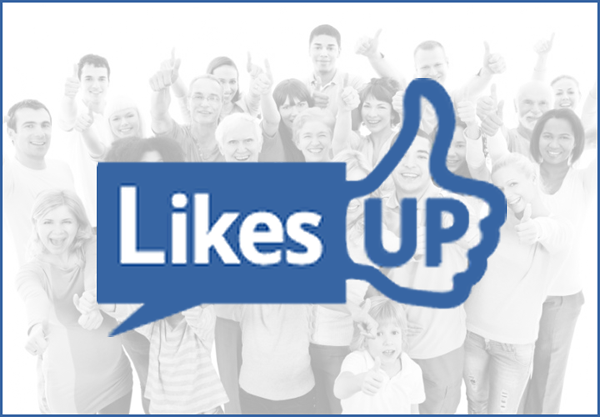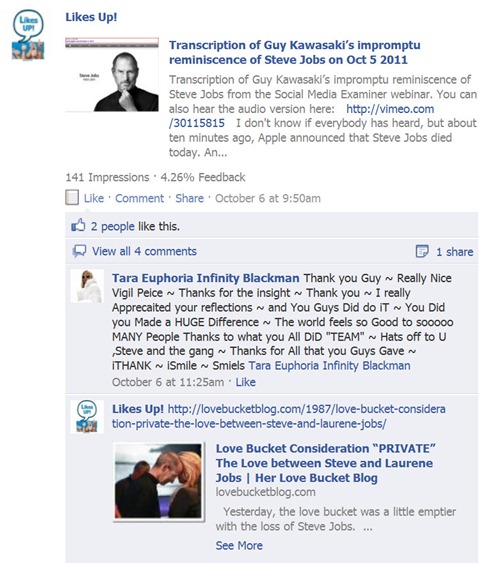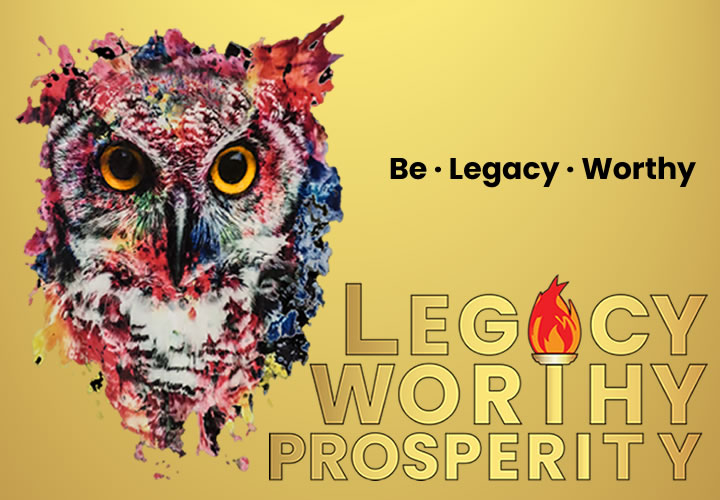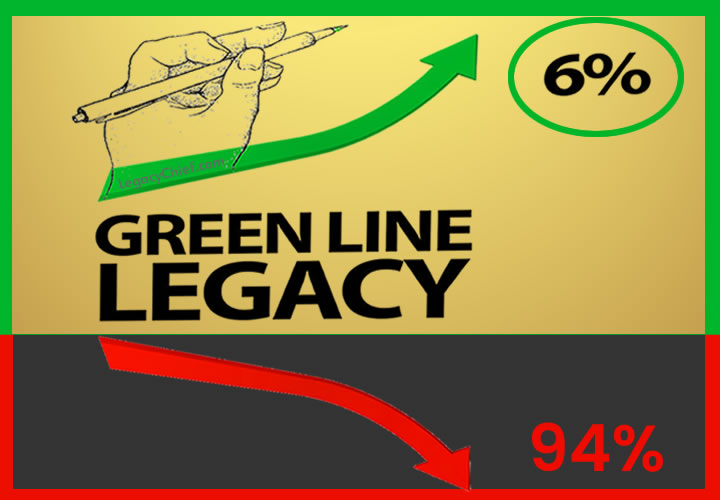Likes UP: Guy Kawasaki reminisces about Steve Jobs

Guy Kawasaki reminisces about Steve Jobs (full transcript)
Transcription of Guy Kawasaki’s impromptu reminiscence of Steve Jobs from the Social Media Examiner webinar. You can also hear the audio version here:
I don’t know if everybody has heard, but about ten minutes ago, Apple announced that Steve Jobs died today. And so, I have to tell you, I don’t think it’s appropriate nor probably the best thing to do for any of us to necessarily be focusing on marketing right now.
And so, I am going to talk about Steve Jobs and Apple, and what Steve has meant to me, what Steve has meant to the industry, and personal computing, and just Internet and everything, if you don’t mind, rather than talking about Facebook marketing. I hope that is okay with all of you.
This announcement literally happened as we were prepping and getting all our things together for the conference that we are now attending. It could not have happened with less notice to us. So, I hope it’s okay with you that I’m going to switch topics completely.
And my phone, my cell phone and my other phone, is just ringing off the hook with people trying to get quotes from me. But I’m going to do this webinar instead.
Here’s the story. I joined Apple in 1983. My past at Apple was that I interviewed for a job with Apple the first time in order to work in what was called the Apple University Consortium. And the Apple University Consortium was Steve Jobs’ vision that the place to seed Macintoshes would be universities.
At the time, K-12 was pretty much dominated by the Apple II, so he saw that the next level of computing would be, of course, colleges. So he created a program, it was headed by a guy named Dan’l Lewin, whose charter was to convince universities to use Macintoshes. And it started with places like Carnegie Mellon and Stanford.
The first job I interviewed was to work in that group. I don’t know, it just wasn’t a good fit for me. So about six months went by and then the second job I interviewed for at Apple was to be software evangelist. And a software evangelist job was to meet with soft and hard companies and convince them to do Macintosh products.
That’s the job that I took. The second job that I tried for at Apple. And if you really want to know the inside story, the reason why I got that job is because my college classmate Mike Boich was working in the Mac division. And so he hired me because we knew each other, we were friends. So one could say it was purely nepotism.
Let’s talk about the Macintosh division. The Macintosh division, I think, was probably the greatest collection of egomaniacs in the history of California, and that is saying a lot, believe me. So the closest thing I can say to describing what it was like to work there…
You know how after the Superbowl, there’s a TV camera on the winning quarterback and the TV camera says, “Where are you going to go now?” to the quarterback, and the quarterback says, “I’m going to Disneyland.” Well, working in the Macintosh division in the mid 80s was like working at Disneyland, or more accurately, being paid to go to Disneyland.
Basically, the division was on a mission, a mission from Steve, as opposed to God. And this mission from Steve was that we wanted to prevent worldwide domination of information and freedom from IBM. So we looked at IBM as the enemy.
This was the whole point of the 1984 commercial. That if IBM ruled the world, it would be boring, totalitarian, George Orwellian–just an ugly society of mediocrity and conformity and thought control. And Apple was going to send the proverbial act into the image of big brother. It was religious fervor in the sense that we were fighting a mighty opposite. Which was IBM, the totalitarian mainframe company.
And so we were I’d say about fifty people. We had a building on Mariani Drive. There’s a story about how someone put a pirate flag above the building, that’s true. Steve Capps, the person who wrote the Finder, got a pirate flag and put it up there because we were going to be pirates. Knock the establishment. This was Steve’s division.
What we did is we worked very, very hard because we truly thought we were on a mission to improve people’s creativity and productivity and prevent totalitarianism, primarily of IBM. The group was a very interesting collection of people. There were people like me who had MBAs, and I was hired despite having an MBA.
There were people like Burrell Smith, who Steve found working in an Apple II repair department. Andy Hertzfeld, who wrote much of the Macintosh ROMs and was an old — or, not old, no one was old at the time — but an experienced Apple II programmer. It was a collection of just great software and hardware engineers.
There were artists like Susan Kerr, who created much of the early graphics and icons of Macintosh. Joanna Hoffmann was the first person who did the marketing function for the division. Mike Boich, as I said who I worked for, he and I went to Stanford together. He went to HP, the calculator division of HP in Corvalis. He was recruited out of there.
The person who recruited him was a guy named Mike Murray. Mike Murray was the director of marketing of the Macintosh division. Subsequently, he went to work for Microsoft and he became Microsoft’s VP of HR. So, it was a merry band of pirates. Steve himself had only attended one semester of Reed, a college in Oregon, so here we were, on paper not so qualified.
We had a few PhDs. One person was Bruce Horn, he was a PhD student from I believe Carnegie Mellon. He was the coauthor of the Finder with Steve Capps. And so, it was a great place to work because, man, we were going to change frickin’ history. And I can’t tell you how euphoric it was to work there. Because it was such bright people and we had such a mission to change the world. So that was the Macintosh division. I guess one of the high points of that division… [interrupted by vibrating phone]
Anyway this was the division. Some aspects of the division that you might interesting. Steve bought the division a Bösendorfer Grand Piano. And some of the people played Bösendorfer Grand Piano. There was a BMW motorcycle for the division. We also had a travel policy that any flight over two hours qualified for first class. I tended to interpret that rule as the two hours begins at the moment you leave your apartment. So I lived in Los Altos. Los Altos to SFO can be 45 minutes or so, so I basically flew first class everywhere. It was a great time.
Across the street was the Lisa division. The Lisa division was creating basically a very large Macintosh. But it was $7,000. Big footprint. Arguably, the Lisa taught us many lessons that we applied to the Macintosh and made Macintosh successful. A social media analogy would be that Google Buzz is to Google Plus was Lisa is to Macintosh. So that was the Macintosh division. Macintosh was announced on January 24, 1984, in De Anza College where Steve unveiled it. At the time, he was not wearing a black mock turtleneck. His thing was a double-breasted suit with a bowtie. So he introduced it, and that was one of the most enchanting moments of my life: to watch Macintosh be introduced by Steve Jobs.
The first time I saw a Macintosh was in the back of that building, the Macintosh division building. At the time, I was in the jewelry business and my friend Mike Boich showed me a Macintosh, and I was an Apple II user and that was a religious experience also because back then with an Apple II you were fortunate if you had a 24×80 terminal screen, you moved the cursor around with cursor keys. Graphics was using Xs and Os to draw things. The first time you saw a Mac, right, was multiple fonts, and multiple sizes, and multiple styles—integration of text and graphics. And the first time you saw Mac Paint with graphics, paint cans, brushes—it was a magical experience.
Now, what happened after that was that we had a very successful launch. The goal was to sell a quarter million Macintoshes in the first hundred days and we achieved that goal. Back then, the whole thing with Macintoshes and developers were we told them three stories: it was a very rich technical environment, this great programming environment, very rich ROM set; we told them that it was a good financial bet because we were going to bring people to personal computing who had never used a personal computer before; and finally, it was a good hedge because at the time the IBM personal computer division was starting to publish software, so we were explaining to people that if IBM started publishing software in your segment under their own label, you would be dead. So that was our evangelism pitch.
And I think mostly what appealed to developers was the richness of the Macintosh programming environment. Back then, the decision was being made by engineers and nerds, not MBAs and marketing people. So that’s what really sucked people in. It was very, very interesting albeit challenging programming environment.
Now we’re in mid-1984, things are going pretty good. We’re selling a lot of Macs, had that post-launch glow. Sort of hit the wall because businesses were not embracing Macintoshes. It didn’t have some crucial pieces of software thanks to me. It was slow in a lot of operations. It took us a good two years to significantly revise that product. I think mostly because we were still tired from shipping it at all.
And after that, there was what I called the Wonder Years. I wonder when there will be software, I wonder when we’ll turn the corner. As businesses were rejecting it, we went through this period of euphoria, then we went through this period of down in the dumps. This is one of those major times when according to all the experts Apple was supposed to die. We brought in some adult supervision, i.e., John Sculley. A lot of interesting things happened. It culminated with some layoffs, culminated with a board decision picking between John Sculley and Steve Jobs.
So Steve Jobs was out. He went out and started NeXT: the big black cube computer built on UNIX. And things did not exactly pick up. A few years went by, they made Mike Spindler CEO, and then they made Gil Amelio CEO. Gil Amelio decided to buy NeXT, I think, for $400 million dollars. Steve came back to Apple first as an advisor, temporary, to help Gil and stuff. And then, eventually, Gil started imploding and Steve came back, introduced the iMac.
And from there, the rest is kind of history, right? So, the iMac, if you remember, it was that teardrop shape-looking computer that came in colors like blueberry and cherry and, I don’t know, tangerine and stuff. That sort of, the industrial design of that computer, I think, was really sort of what rekindled people’s enthusiasm for Macintosh. And fast forward a few years and we have things like the iPod and iPhone and iPad. Macintosh flipped to less than 5% market share; it subsequently has returned. I don’t ever know if it will be more than 10%, but it’s definitely on the upswing.
I can tell you with total certainty that Steve Jobs was a great, if not the greatest, influence in my life. From him I learned, one is an appreciation of design, an appreciation of elegance and simplicity. I learned how far you can push people, that you can get the best work out of people by pushing them with great challenges. Steve wasn’t exactly a warm and fuzzy guy, but he got the best results out of people. He could drive you crazy because the trash can icon didn’t look right or a certain shade of black wasn’t black enough. He was heavily influenced by Paul Rand, the logo designer.
I consider it an honor to have worked for him in the Macintosh division. And only 100 or so people can say that, so what a time! What a time! And if you look back, no matter how you feel about Apple, you have to say it was among the starters of the personal computer industry. It definitely made the graphical user interface go mainstream. If you look at it, Steve Jobs created the, in a sense, the Apple I standard, the Apple II standard, the Macintosh standard, then he created his smartphone standard iPhone, iPod standard, iPad standard. Lots of companies and people are fortunate to create one revolution, but Steve Jobs arguably created four or five.
I truly do believe that if you look at all the CEOs over the history of business, I don’t think there’s a CEO who has done more for his employees, his shareholders, and his customers. The world is a lot worse off without Steve Jobs. May he rest in peace. But wow what a job he did for everybody, personally for me, and many, many people who worked for the Macintosh division. And I think in many ways, for many of the people who use Apple products that these Apple products made them more creative, more productive and brought joy and enchantment to their lives.
Via Guy Kawasaki (Thu01) Morgan Ramsay transcribed my impromptu reminiscence of Steve Jobs from the Social Media Examiner webinar. Hat tip to Morgan Ramsay for doing this.
Additional: If you’re into design, check out this video about Paul Rand. It includes footage of Steve Jobs explaining how Paul Rand created the NeXT logo.
http://vimeo.com/16671930
Read about how Sarah Brody worked with Paul Rand and came to create the video here:
http://designnotes.sarahbrody.com/2010/11/encounters-with-paul-rand/
Sarah, incidentally, was the designer of Guy Kawasaki’s Enchantment book cover.
Article here – Brilliant Account of Steve Job’s Life




